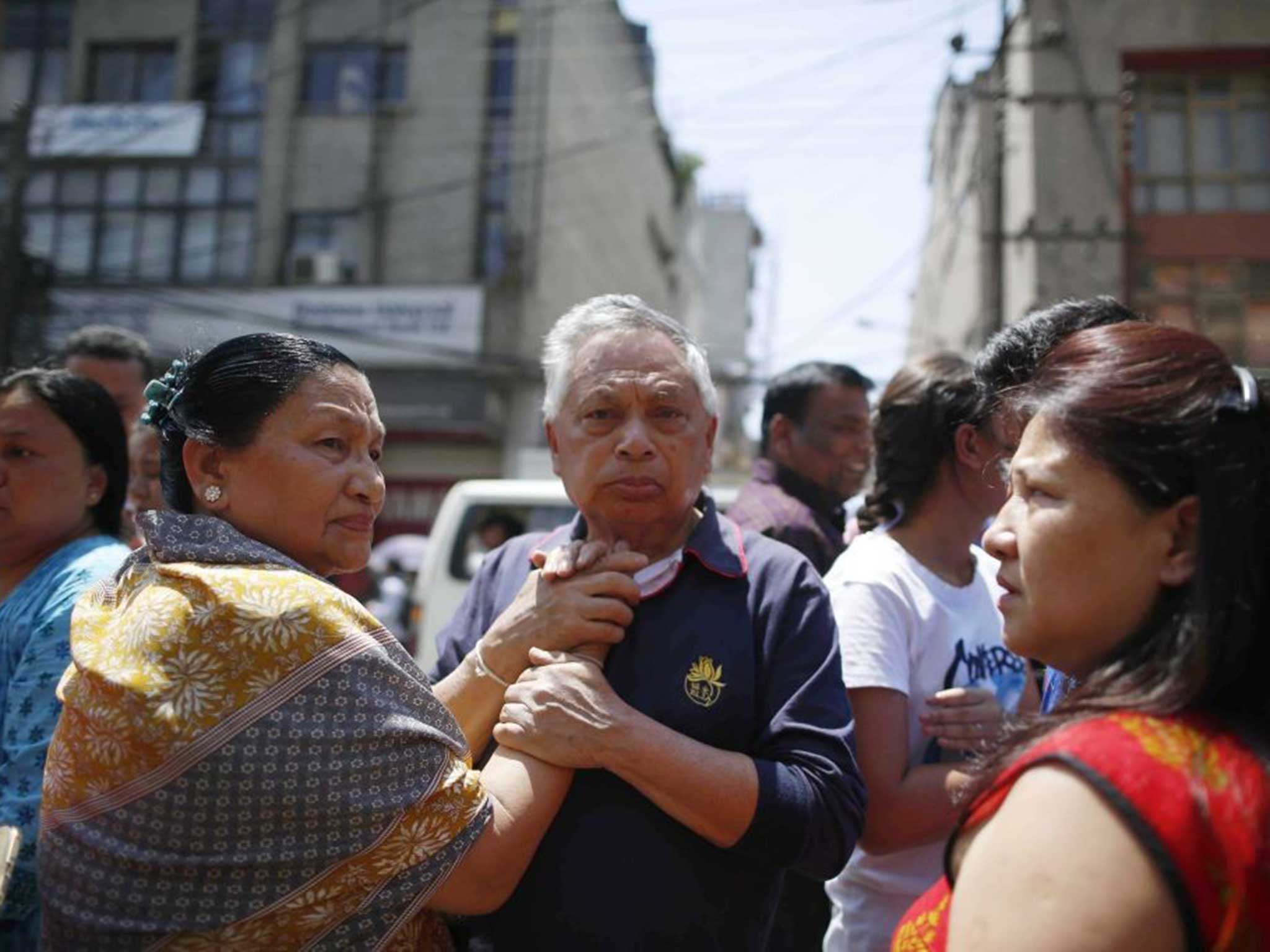Nepal earthquake: How strong was the second quake compared to the first that hit the country?
Four people have already been reported dead as the country struggles to recover from a stronger quake last month

Support truly
independent journalism
Our mission is to deliver unbiased, fact-based reporting that holds power to account and exposes the truth.
Whether $5 or $50, every contribution counts.
Support us to deliver journalism without an agenda.

Louise Thomas
Editor
Nepal has been struck by a 7.3 Richter scale earthquake, just weeks after a 7.8 quake devastated the mountainous nation - but how strong is the latest quake?
Earthquakes are measured by the Richter scale, which rates the magnitude – or amount of energy released – of each quake from 2.0 to 9.0 and greater.
The Richter scale is logarithmic, so the wave amplitude of each quake increases ten-fold with every whole-number on the scale.
In practise, this means that the disparity between a ‘moderate’ quake (5.0 to 5.9) and a ‘major’ quake (7.0 to 7.9) is huge. For example, the wave amplitude goes up 100 times between a Richter scale 7 quake and 9, with the amount of energy increasing 31.7 times between each whole number value.
The latest Nepal quake measured 7.3 and although that appears as bad as the previous quake, given the scale is logarithmic in practise that means the damage may be significantly less. In perspective, a similar scale quake in Azores Islands (in 1980) killed 61 people and injured 400 more.
But - and it is a huge but - the country has still barely recovered from the previous disaster and should the death toll (already more than four) and damage be extensive the infrastructure may not be able to cope.
Extending this point, although the magnitude is smaller, other factors must be considered when assessing the strength of a quake. The composition of the ground, construction of nearby buildings, and in-place infrastructure all affect the severity of these natural disasters.
Subscribe to Independent Premium to bookmark this article
Want to bookmark your favourite articles and stories to read or reference later? Start your Independent Premium subscription today.
Join our commenting forum
Join thought-provoking conversations, follow other Independent readers and see their replies
Comments